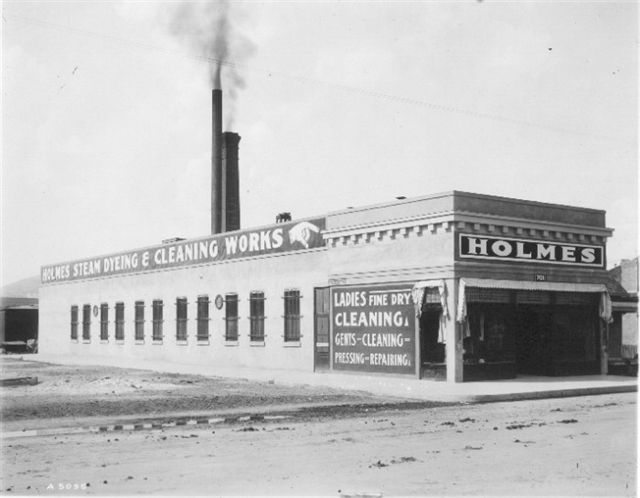EVE TAL's Speech at the NCTE in Philly (November 24, 2009)
(Publisher's note: Below is the text of Eve's very well received speech at the ALAN Strand Workshop of the National Council of Teachers of English Convention on November 4, 2009, in Philadelphia. The picture above is taken at her kibbutz in Israel, and those below are of her signing books after her speech and Eve with CPP publisher Lee Merrill Byrd and Walter Mayes, aka Walter the Giant.)
I’ve come a long way for these five minutes. I’ve come all the way from the kibbutz in Israel where I live. I’ve come through countless unsold manuscripts. And I’ve come through years of work on my two YA novels, Double Crossing and Cursing Columbus. I’d like to tell you a bit about them, but first I want to tell you a story.
When I was growing up in Rockville Centre, Long Island in the 1950s, my favorite place in the whole world was the town library. The children’s library was downstairs in basement room. Except for science books, I think I read everything in that library and if I had more time, I could tell you about some of my favorite books.
And then one day it happened. I must have been about eleven or twelve. I approached the librarian for recommendations and she told me with a smile, that it was time for me to go upstairs to the adult section of the library. I had read everything there was to read in the children’s section.
I remember climbing the stairs to the adult library. It seemed huge to my eyes. But what could I read there? The librarian upstairs was bewildered by my question. “Why anything you like, dear,” she answered. What could a twelve year old find to read in the adult library?
Of course, I found books to read, bookworms always do. But they weren’t anything like the feast of YA fiction available to today’s teens. Perhaps that’s why I love reading YA fiction. It fills this gap for me. And why I love writing it. The trauma never goes away: facing a library full of books and having nothing to read.
I live on a kibbutz in Israel where I’ve lived more or less since graduating from college. I raised my kids there and published picture books in Hebrew. Frankly, I wouldn’t dare to write something set in present day America. I would feel like an imposter. I haven’t been inside a school in America for many many years. I can’t keep up with the proliferation of technological gadgets, social media, virtual media or the language. The teenagers I know and raised speak a different language, both literally and culturally. So I’m drawn to historical fiction, times and places where both my reader and I are outsiders.
Double Crossing and my newest book Cursing Columbus are about immigrants, probably the ultimate outsider group, and my teenage protagonists Raizel and Lemmel are outsiders by nature. Raizel is shy and struggles with her shyness through both books. Lemmel has a learning disability. He ultimately runs away from his family to live on the streets of NYC. We’re talking 1908 here and life on the streets could be harsh and desperate and dangerous.
Life on the Lower East Side of New York was far from the rosy nostalgic memory the grandchildren and great grandchildren of the original immigrants have today. In a way children’s book are partly to blame for this. All of a Kind Family by Sydney Taylor was one of my favorite books as a child and became a classic. But the picture it painted of immigrant life was far from reality and in my books I wanted to dispel that romantic nostalgia.
In Double Crossing I told a story based on my own grandfather, the story of an immigrant rejected at Ellis Island and forced to give up his religious beliefs, the very core of his being, to gain acceptance into America. Researching Cursing Columbus, I learned about Jewish gangsters and murderers, white slavery, and the life of street children, many of whom were homeless newspaper boys who ultimately died on the streets. All these found a place in my novel.
You might ask, because I certainly do: is historical fiction relevant for today’s teens? Although Cursing Columbus is set at the turn of the 20th century, the choices Raizel and Lemmel face are choices confronting immigrants in America today. On the one hand there is the need for connection to family and community, which provides a sense of belonging and security. On the other is the need to break free and mount a struggle for individual success and fulfillment in a strange new world.
Sound familiar? It should. In a nutshell I think this is the conflict adolescents face between the safety and familiarity of childhood and the family, and the desire for freedom and individual expression. Both groups perform a balancing act and for both the price can be high, but I believe that it’s a price worth paying.



.JPG)

Comments